The Venetian lagoon is much more than just a natural area around the city of Venice. The Venetian state, and the city of Venice itself, only existed because of the lagoon.
The lagoon provided protection from foreign invaders in Late Antiquity and the early Middle Ages, the lagoon provided salt, which was the first major industry in Venice, and food. It was a safe harbour for the merchant ships of the Venetians, connected to good rivers for transporting the goods further on.
The lagoon was the sine qua non of Venice, both as a city and as a nation.
There are many islands in the lagoon, most of with some kind of historical significance because Venice was never just the city. Venice was the Dogado, from Grado to Cavarzere, as Marco Polo wrote in his last will and testament.
I have made an interactive map of the islands too.
If you want to visit some of these islands, I can take you there.
The major islands
The major islands of the Venetian Lagoon are easy to visit with public transport.
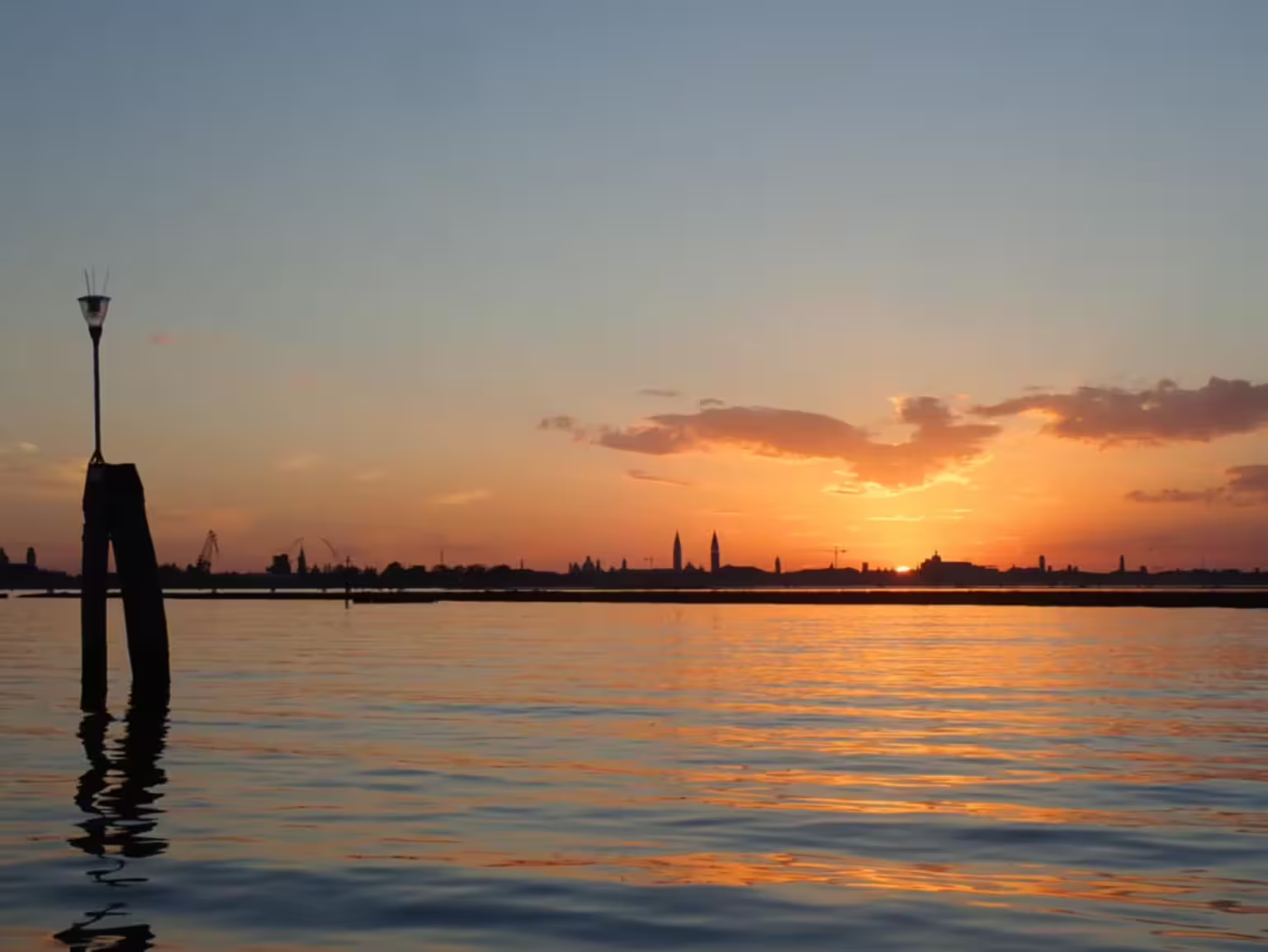
Murano is just 1 km north of Venice, and famous for its glass works. There are about 5000 inhabitants.
Burano is further north, some 10 km from Venice. It is a surviving suburb of ancient Torcello, with about 3000 inhabitants. The brightly coloured houses and a tradition for lace production are the main claims to fame.
The Lido di Venezia separates the lagoon from the sea. It is a long island, about 16 km, but only 1-1½ km wide. There were few people until the mid-1800s, when it developed into the beach resort of Venice. The Lido di Venezia has some 18,000 inhabitants today.
The Sant’Erasmo island, in the northern lagoon, is the orchard of Venice. It is largely agricultural, with some 500 inhabitants. Once a lido facing the sea, with the narrowing of the bocca di porto in the late 1800s it became a lagoon island.
Finally, Pellestrina to the south of the Lido di Venezia is another lido, dividing the lagoon from the sea. The settlements are ancient, but have never really grown, so there are just a few hundred people living there. Like the Lido di Venezia, it is long and slender: some 15 km by 1 km, with just one long road.
Islands in the northern lagoon
There are many more smaller islands in the northern lagoon, some inhabited, some abandoned, some accessible, while others no.
The accessible islands in the northern lagoon are less than a dozen. Some have controls on access, while others are free to go.
Limited access
Lazzaretto Nuovo, near Sant’Erasmo, was a quarantine station for the black plague from the mid-1400s until the late 1700s, then military. This is one of the best excavated and researched islands in the Venetian Lagoon. There is now a very interesting museum, entirely created and maintained by volunteers (vaporetto 13).
→ Read more about Lazzaretto Nuovo.

San Francesco del Deserto is still home to a Franciscan monastery, founded in 1228. St Francis visited the island, then owned by the Michiel family, on his way back from a pilgrimage to the Holy Land. The Michiel family later donated the island to a monastery. Organised boat tours often stop on the island, but there is no public transport.
San Michele, the cemetery island between Venice and Murano, was once two islands, San Michele and San Cristoforo, each with a monastery. The creation of the modern cemetery saw the two islands joined. The cemetery is open for visits from the morning until one hour before sunset (vaporetto 4.1 / 4.2).
Open access
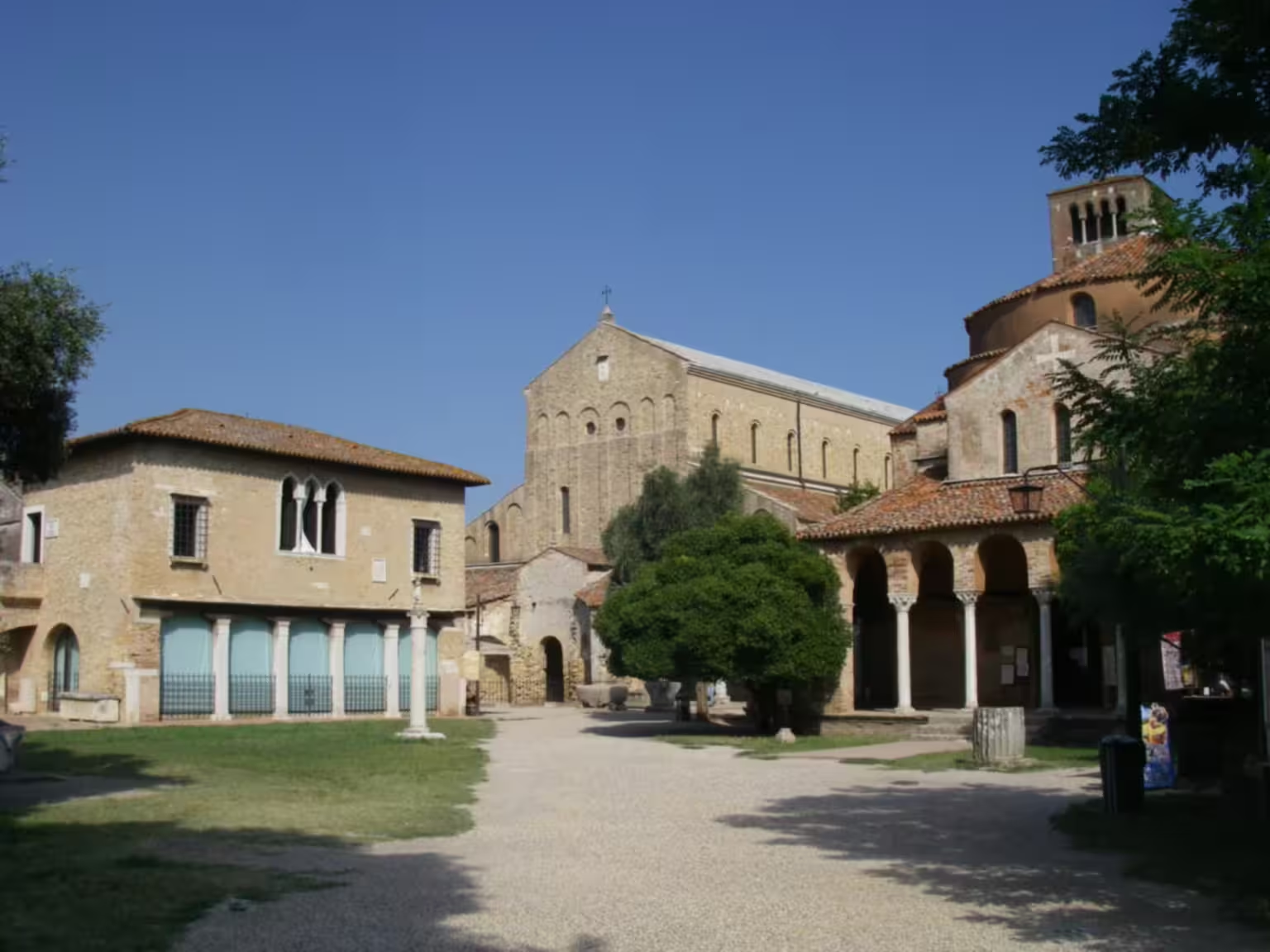
Torcello should be a major island because it was once a major city in the lagoon. The town was all but abandoned in the 1200s and 1300s, with the last stragglers leaving in the 1400s. There are now less than two dozen inhabitants, down from maybe ten thousand a millennium ago. The church of Santa Maria Annunciata has splendid Byzantine mosaics, while it also has a Carolingian past. There’s a small archaeological museum. Torcello has a very central role in the history of Venice, but there’s very little left today.
Mazzorbo, adjacent to Burano, was once on the outskirts of medieval Torcello. It is now more like a suburb of Burano. The beautiful church of Santa Caterina is from the 1300s (vaporetto 12);
Lio Piccolo is a small lagoon village with a 1700s church, now reachable by road from Lido di Jesolo. In the Middle Ages, paired with the now lost Lio Maggiore, it was on the timber trade route from the Dolomites to Venice. It is a great place to see the marshes for those travelling by car. There are also some excellent restaurants;
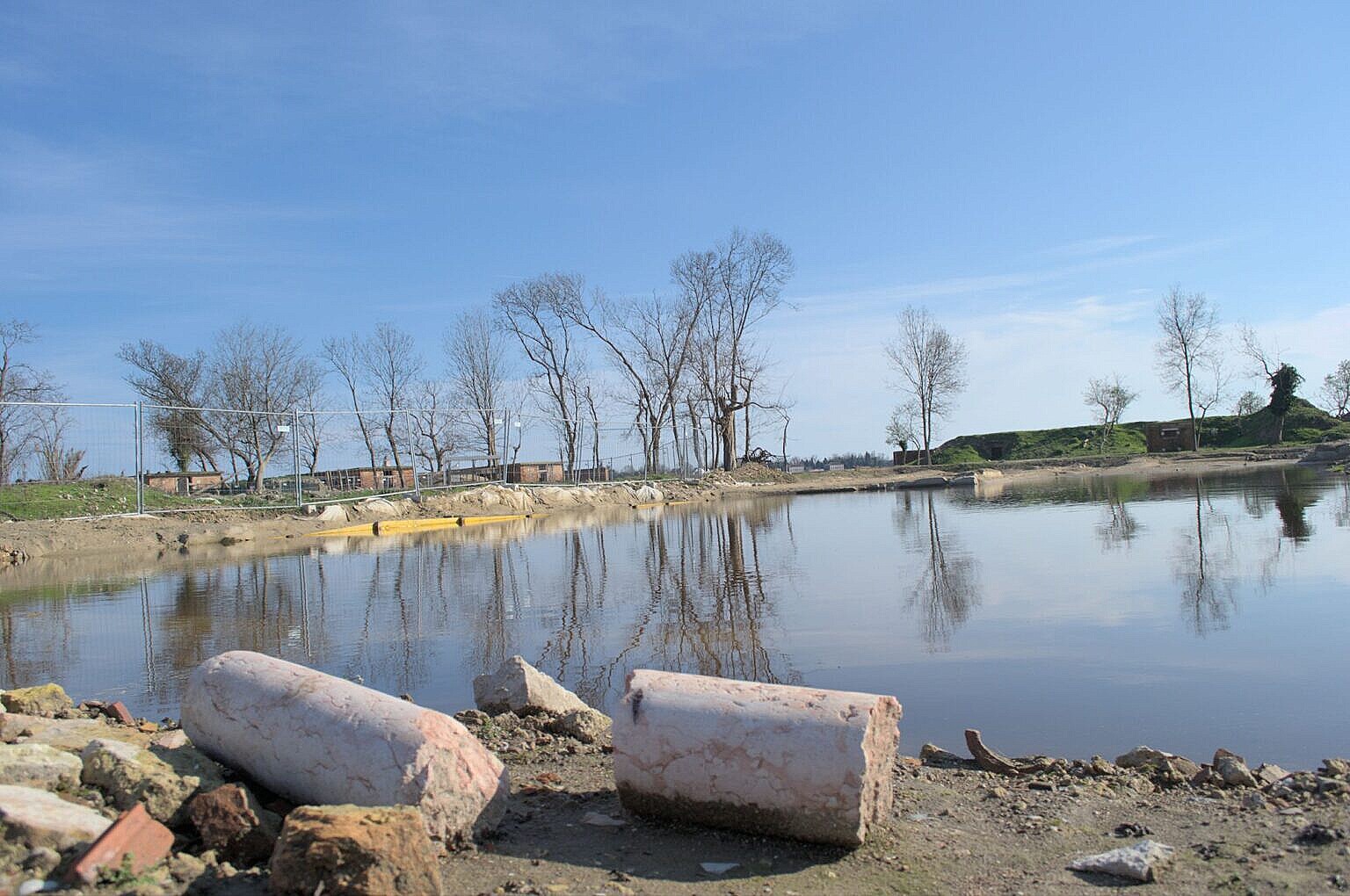
The Certosa island, just east of Venice, housed a monastery and an important church dedicated to Sant’Andrea, until the suppression of the monasteries by Napoleon. It is now mostly a public park and a commercial marina (vaporetto lines 4.1 / 4.2);
The Vignole are actually two islands, with orchards and little more than a dozen inhabitants. The name means vineyards (vaporetto line 13);
Inaccessible islands
Some islands are simply abandoned, while others are in private hands with no public access.
Abandoned islands
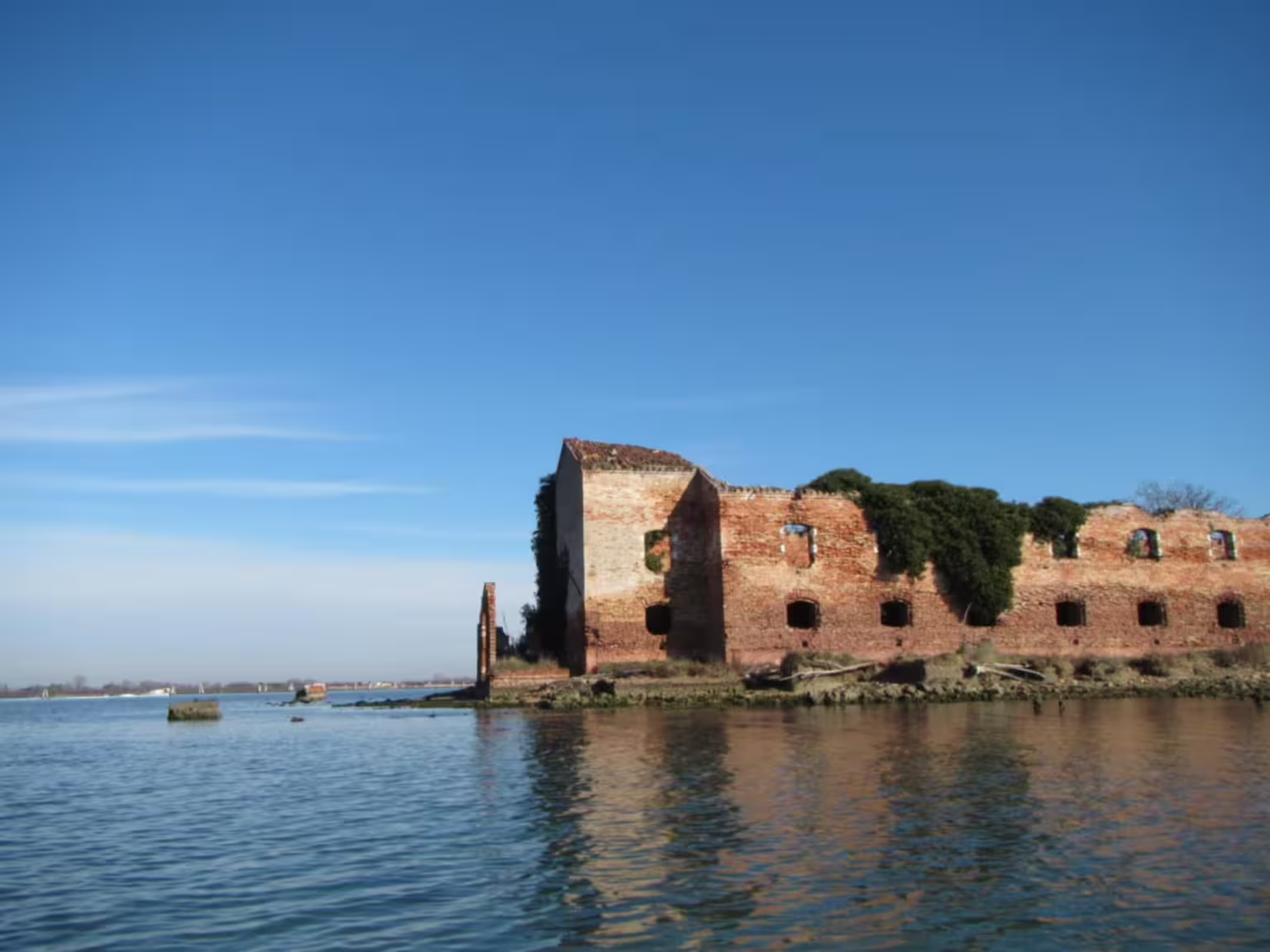
- Sant’Andrea with the Forte di Sant’Andrea from the 1500s, abandoned and inaccessible. The island and the fortress played an important role in the fall of Venice in 1797;
- San Secondo is a small, abandoned island along the canal from Mestre to Venice. It is visible from the railroad bridge. There was once a monastery, suppressed in the 1800s, after which the island became military;
- San Giuliano is closer to the mainland from San Secondo, but erosion has almost devoured the island;
- Carbonera is a private, abandoned island between Murano and the airport;
- Buel del Lovo is a private, abandoned island towards the airport;
- San Giacomo in Paludo (between Murano and Burano) once housed a monastery, became military, and then abandoned. It is now privately owned, and apparently there’s some kind of project for the future of the island;
- Madonna del Monte also called del Rosario, is an abandoned island between Murano and Burano. The ruins are from a monastery for nuns, abandoned in 1710, after which it was gunpowder storage in the 1800s. Now it is privately owned and abandoned;
- Sant’Ariano was once the site of an early medieval town, since abandoned. There are still ruins of buildings visibile in the mud. The ossuary of Venice is on Sant’Ariano, for the bone from cancelled grave sites in Venice;
- La Cura also had settlements in the Middle Ages, but also abandoned in the Middle Ages. There are some ruins from early production of canned fish in the 1800s;
- Motta dei Cunicci (lit. Rabbit Mound), near Santa Cristina, of unknown ownership and clearly abandoned, have remains of medieval walls and wells;
- Motta di San Lorenzo, a tiny abandoned island of unknown ownership near Santa Cristina;
In private hands
These islands are more or less being cared for.
- Crevan, near Burano, is a privately owned island with a small villa;
- Santa Cristina is a privately owned holiday resort, but also the site of a medieval city in the northern lagoon. At low tide remains of walls and wells are still visible under the water;
- Campalto (NW of Venice) is uninhabited, but on concession to a kayaking club on the mainland;
- Tessera (NW on the canal to the airport) is a privately owned island with just one villa;
- Mazzorbetto, across the canal from Mazzorbo, is part second homes and half marsh. It was once part of medieval Torcello;
Islands in the southern lagoon
Less than a handful of the minor islands in the Venetian Lagoon are open for visits.
San Servolo was a monastery, then an asylum for the mentally ill, until the 1980s. It is now partly public administration, and IUAV, the university for architecture and design in Venice. There is public access (vaporetto 20);
San Lazzaro degli Armeni was a leper colony in the Middle Ages, and from the 1600s it houses an Armenian monastery, which specialised in printing books in many languages. There is now a very interesting, rather eclectic, museum on the island (vaporetto 20);
Some islands are hotels.
Sacca Sessola originated as a rubbish dump, which turned into an island. In the 1900s there was a hospital on the island, active until the 1980s. Private owners have recovered the island, and the old hospital buildings are now a hotel. They did not, however, like the name, so they have tried to rename it the Isola delle Rose;
San Clemente was a monastery, whose buildings have survived quite well. There is not a luxury hotel on the island;
Inaccessible islands
I’d like to single out one particular of these inaccessible islands, because it is in a different situation, and fortunately a very positive one.
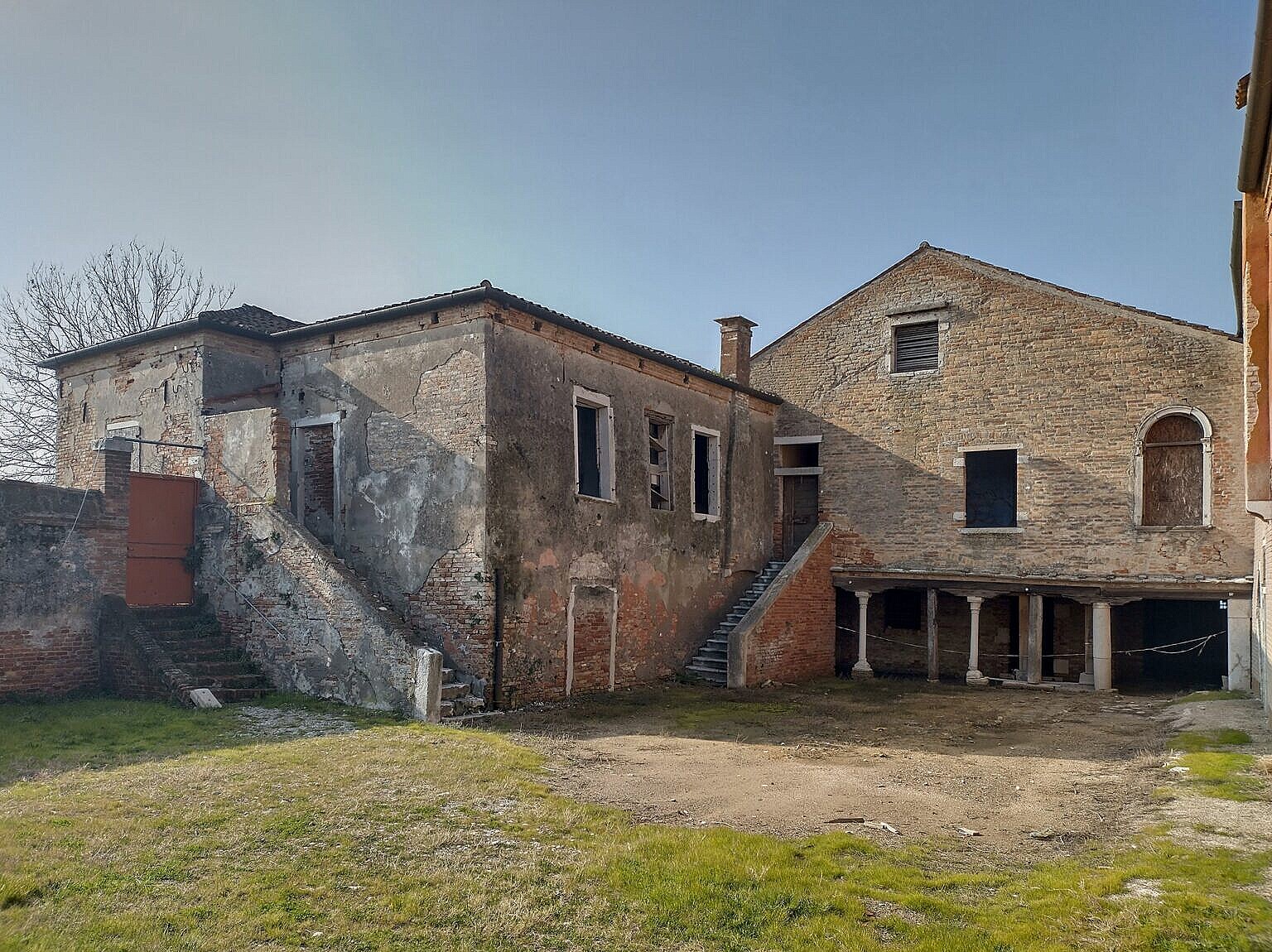
Lazzaretto Vecchio was the original Venetian lazaret from 1423. Before that, it was a monastery, and afterwards military. Since the military left in the 1970s it was a dog kennel, but for the last few years the same non-profit running the Lazzaretto Nuovo has managed it. However, there is now a project of turning it into a National Archaeological Museum for the Venetian Lagoon. The project has funding of several million euros. It will take many years before we can visit the new museum, but the island and the cultural and history patrimony it represents, is safe.
→ Read more about the Lazzaretto Vecchio.
Failed recovery
The future is less certain, and probably less bright, for the other islands in the Venetian Lagoon.
Here again I’d like to highlight one specific island, for which there was hope for some time.
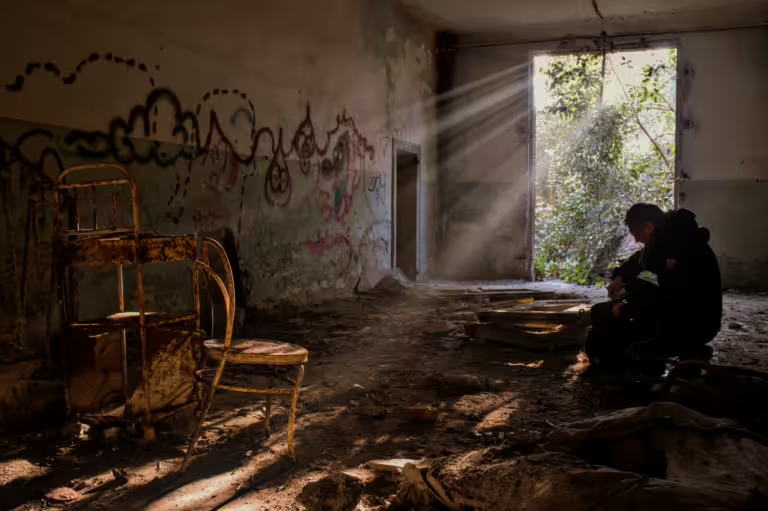
Poveglia was a medieval town, the most important in the southern lagoon, however the War of Chioggia (1379-1380) led to its total destruction. The Venetian Republic didn’t allow the population back, and the island became a navy maintenance station. In the late 1700s, it took over the role as quarantine station as the Lazzaretto Nuovissimo. It was a navy sanitary station in the 1800s, then a civilian hospital for skin and respiratory diseases until 1969. The Italian state owns it, but it is in pitiful conditions after half a century of neglect.
→ Read more about Poveglia and Lazzaretto Nuovissimo.
An association, Poveglia per tutti, of some five thousand Venetians and sympathisers each put in €99 for a 99-year concession on the island, to create a communal space in the lagoon. The bid on the island was unsuccessful, but so were all the other bids, including the highest bid by the now Mayor of Venice, Luigi Brugnaro.
Abandoned islands in the Venetian Lagoon
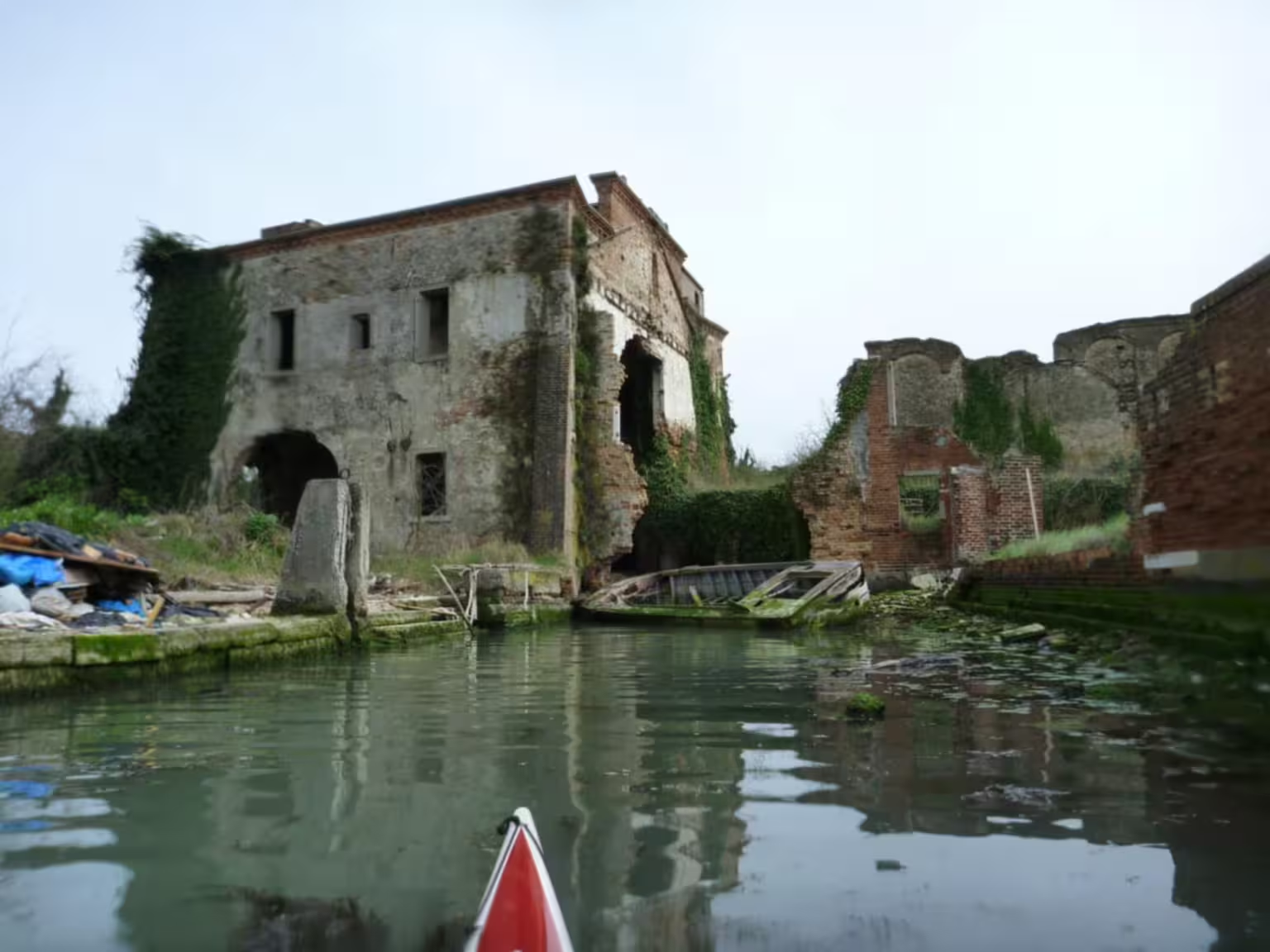
- San Giorgio in Alga was a monastery, situated on the main access canals to Venice before the modern railroad and road bridges. The monastery was suppressed in the early 1800s, like so many others. It is in a pitiful state;
- Sant’Angelo della Polvere, a bit south of San Giorgio in Alga, was a monastery, but became a military depot of gunpowder already in the late 1500. A massive explosion, probably caused by lightening, later razed the island to the ground. It remained military until WWII, and there are remains of the bases of anti-aircraft guns on the island. It is privately owned with an uncertain future;
- Santa Maria delle Grazie was a monastery, then turned hospital for infectious diseases, then closed in the 1980s. It is abandoned and derelict, but sold to private investors with unknown projects;
- Santo Spirito, monastery, then military, then abandoned, now also in private hands;
- Isola Campana was military already in the times of the Serenissima, but it is not abandoned, and in fact, slowly eroding away;
- Batteria Poveglia is a small artificial island, not far from Poveglia, for the defence of the lagoon in the 1500s and 1600s;
- The Ottagono Alberoni and the Ottagono San Pietro are other fortification islands from the time of the Serenissima, to defend the central bocca di porto at Alberoni.
Lost islands
At least one island has disappeared off the map.
- San Marco in Boccalama was a town in the Venetian lagoon, known from medieval documents, but knowledge of its actual location was lost until a few decades ago. It was located in the middle of the lagoon, between the Isola Campana and Sant’Angelo della Polvere. In particular, the archaeologists found the remains of two ships from the 1500s, from after the abandonment of the town but before it disappeared entirely. One wreck appears to be a Venetian galley, in which case it will be the only one known. There is nothing visible above the surface, except a modern iron wall to prevent further erosion, given the important archaeological objects in the mud.

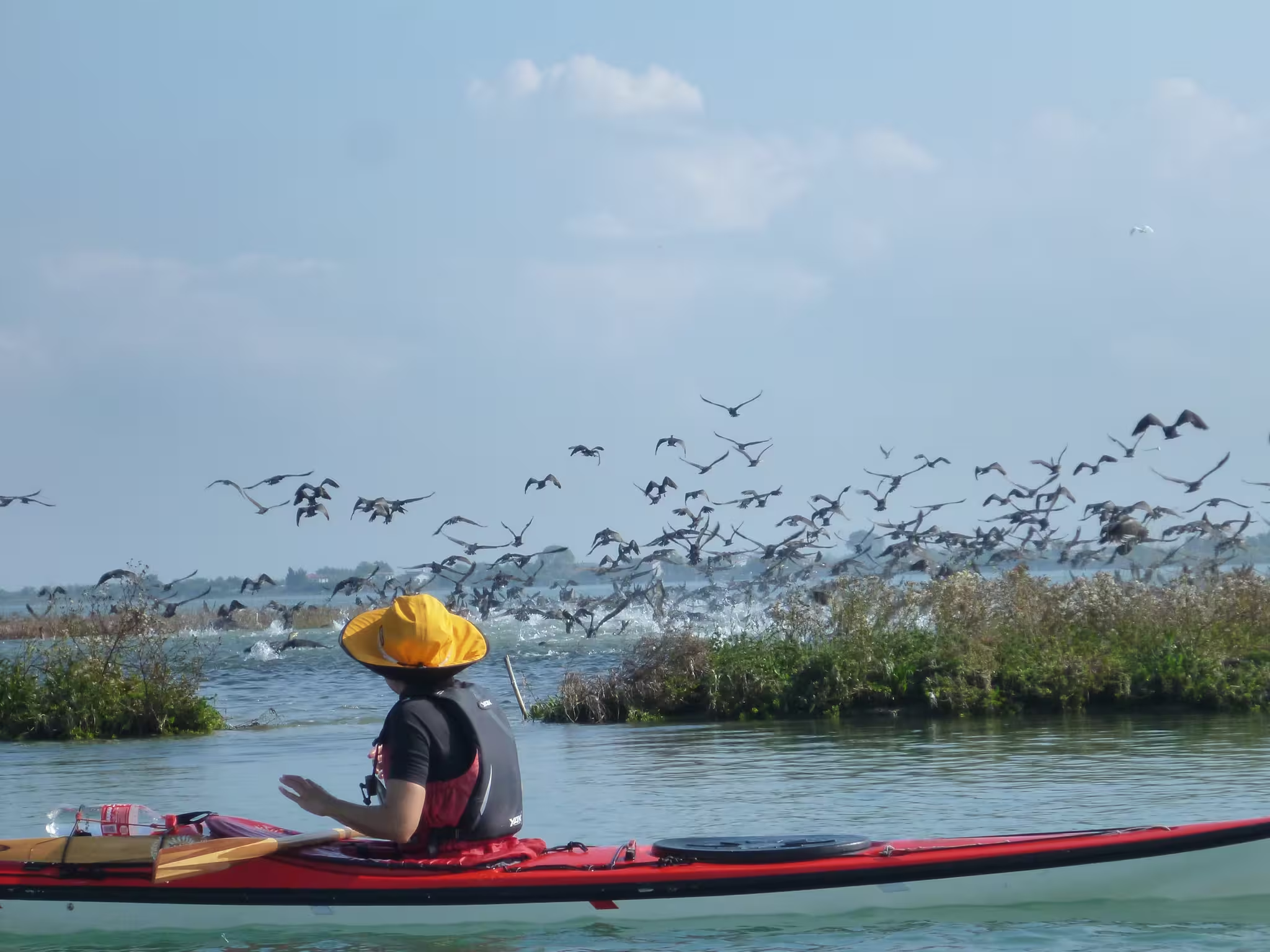

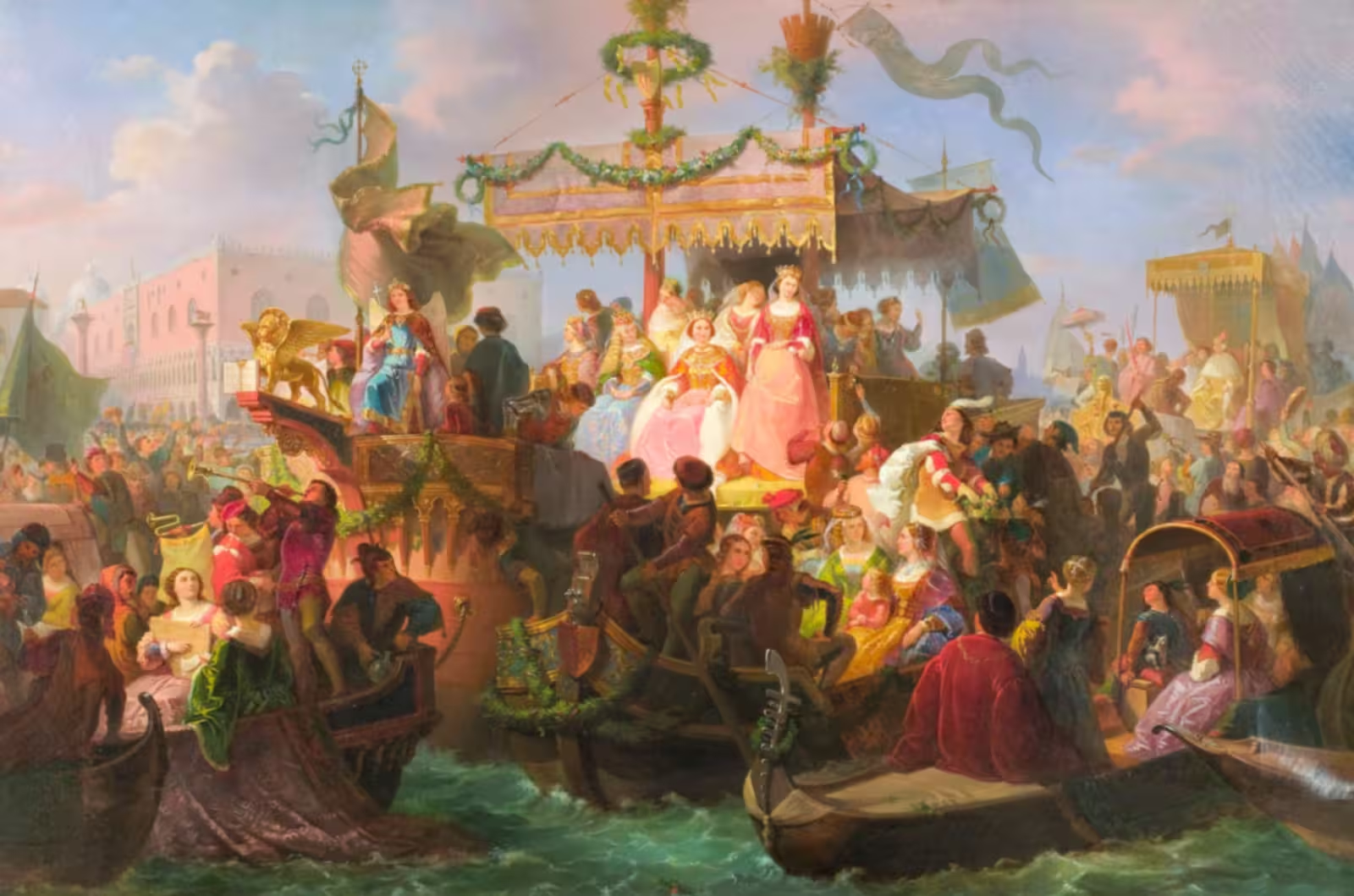

Leave a Reply